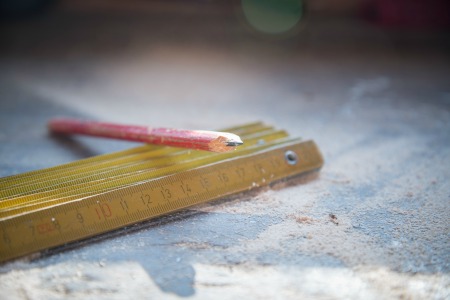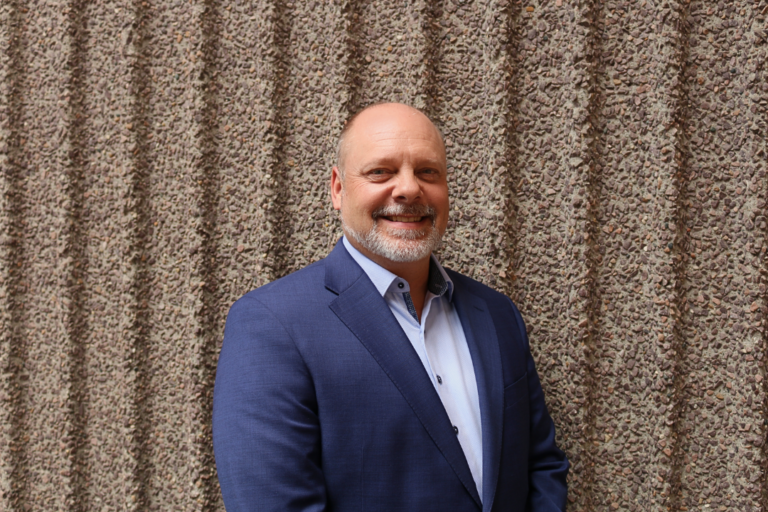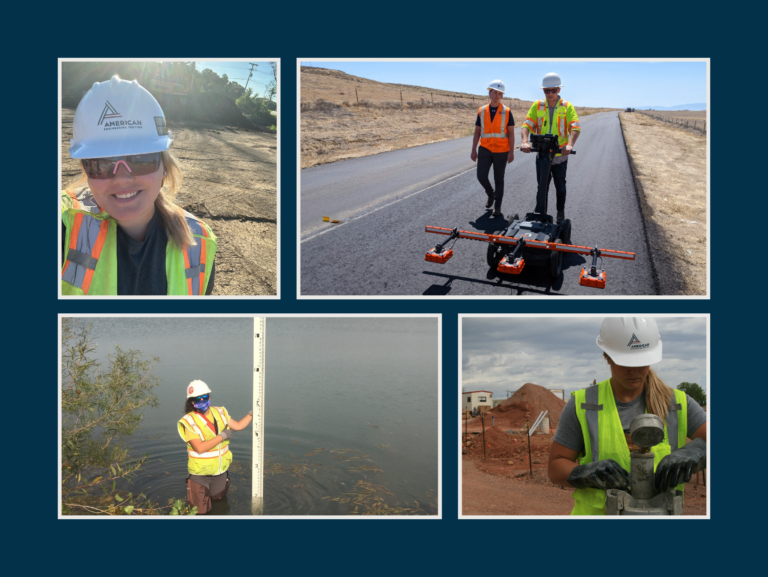IAQ is a general term that refers to how the quality of air in and outside of a building affects its occupants. A host of contaminants, such as biological (molds and bacteria), gases (including radon, volatile organic compounds, and carbon monoxide), and particulates (asbestos, dust, allergens), can negatively impact IAQ.
IAQ issues can often be the catalyst for remediation, renovations, or redevelopment, but they can also appear after a project starts. Here are some common IAQ issues that could slow down and possibly derail your project.
Radon
Radon is an invisible, naturally occurring, radioactive atomic gas that, according to the Environmental Protection Agency (EPA), is responsible for tens of thousands of deaths annually due to lung cancer. The radioactive decay of the radium and uranium series of elements produces radon.
Uranium-rich soils are found all over the world, particularly in areas with soils derived from the weathering of granite or shale, as both tend to have high concentrations of uranium. In fact, Minnesota and Iowa have some of the country’s highest concentrations of radon due to their abundance of granite and shale bedrock.
Radon, like carbon monoxide, is a heavy gas that will typically accumulate in the lowest levels of buildings at floor level or basements. It will seep indoors through gaps/cracks or penetrations in the floor or foundation. When testing for radon, environmental professionals adhere to EPA criteria to interpret the results:
Radon level above 4.0 picocuries per liter (pCi/L) – the EPA recommends building remediation efforts to reduce long-term test results below 2.0 picocuries per liter.
Radon level between 2.0 and 4.0 pCi/L – the EPA recommends you consider remediating your building and performing longer-term testing.
Radon level below 2.0 pCi/L – the EPA recommends periodic testing to monitor for any increases of radon over time.
The most common way to correct a radon issue is to seal all cracks and penetrations in the foundation floor and walls and/or install a radon mitigation system. If you are planning new construction, radon collections systems can be incorporated into the foundation design. If you are concerned about potential radon levels in your building, contact a knowledgeable environmental consultant, the Minnesota Department of Health, or the EPA for testing and/or mitigation options.
Bacteria
Bacterial issues are typically related to sewer/floor drain backups or leaks. In many instances, the affected area has the potential for fecal impacts resulting in fecal coliform, streptococcus, E. coli and a host of other bacteria that cause health issues. Water issues related to sewer or floor drain leaks/backups should be isolated and addressed quickly to prevent health impacts.
Mold
Fungal issues can develop anywhere if the following four items are all present at the same time:
1) Appropriate temperature – Mold can grow in a wide range of temperatures (30°F to 120°F), which makes buildings an ideal environment due to average indoor temperatures of around 70°F.
2) Mold spore – There are hundreds to thousands of mold spores floating around in the ambient outdoor air every day. These spores can enter our buildings when doors/windows are open or by hitching a ride on our clothes, pets, or items carried in.
3) Food source – Most of the furnishings and finishes in our buildings, such as wood, paper, adhesives, and other organic fibers/materials, act as food sources for mold.
4) Water – We tend to regulate the humidity in our buildings (the ideal range is 40 to 60 percent) to levels typically considered too low for mold to grow. Considerable quantities of water—from poor ventilation leading to condensation or from a plumbing or exterior leak—must be present to trigger mold growth. Water is the only one of these items we can control to eliminate or limit mold development.
Water intrusion
Water intrusion is often the culprit when mold and bacteria issues are discovered in a building. Water intrusion typically occurs when a defect in the building envelope allows water to penetrate the structure or seep behind its exterior finishes (e.g., siding, stone, brick, roofing materials, foundation wall, etc.). Water intrusion results in water damage and the potential for mold growth. Mold and bacteria issues can also develop due to plumbing backups and leaks and condensation due to improper ventilation.
Once water has entered the building and impacted finished materials (e.g., drywall, carpet and mastics, ceiling tiles, sheet flooring, etc.) and personal belongings, complications arising from mold and bacteria can quickly develop if the water source is not identified and stopped, and the affected materials are not dried immediately and thoroughly under controlled relative humidity.
If you encounter water intrusion, there are a number of tasks that must be accomplished to correct the issue and prevent/limit a mold or bacteria problem. For this, we recommend consulting with an environmental consultant with experience in this type of work. Following the removal and cleanup of affected building elements and materials, your consultant should conduct longer term indoor air clearance testing to be confident mold and bacteria concentrations have been reduced to or below background (i.e., outdoor or unaffected area) concentrations. Although, California, Texas and New York have established regulatory, acceptable mold/bacteria concentrations, the majority of states, including Minnesota, have not, hence the reliance on “industry standards.”
Final thoughts
The EPA, the states mentioned above, and experienced environmental consultants are great resources to contact for information, guidance, or clarification when IAQ situations arise. While radon, bacteria, mold and water intrusion represent the more common issues, don’t overlook the others mentioned at the beginning of the article; they can be just as problematic. Regardless of the project type, appropriate health and safety precautions must always be taken to limit exposure to potentially hazardous materials. Recognizing these issues and contacting the right people early on, such as AET, can help you mitigate project delays and excess project costs.
Bruce Boehm Carlson – Senior Environmental Project Manager.
Read More from this series:
| Previous | Next |
| Part I: Building Materials | Part III: Site Contamination |
Read more from our environmental team here!
Learn about our Environmental Engineering services.



